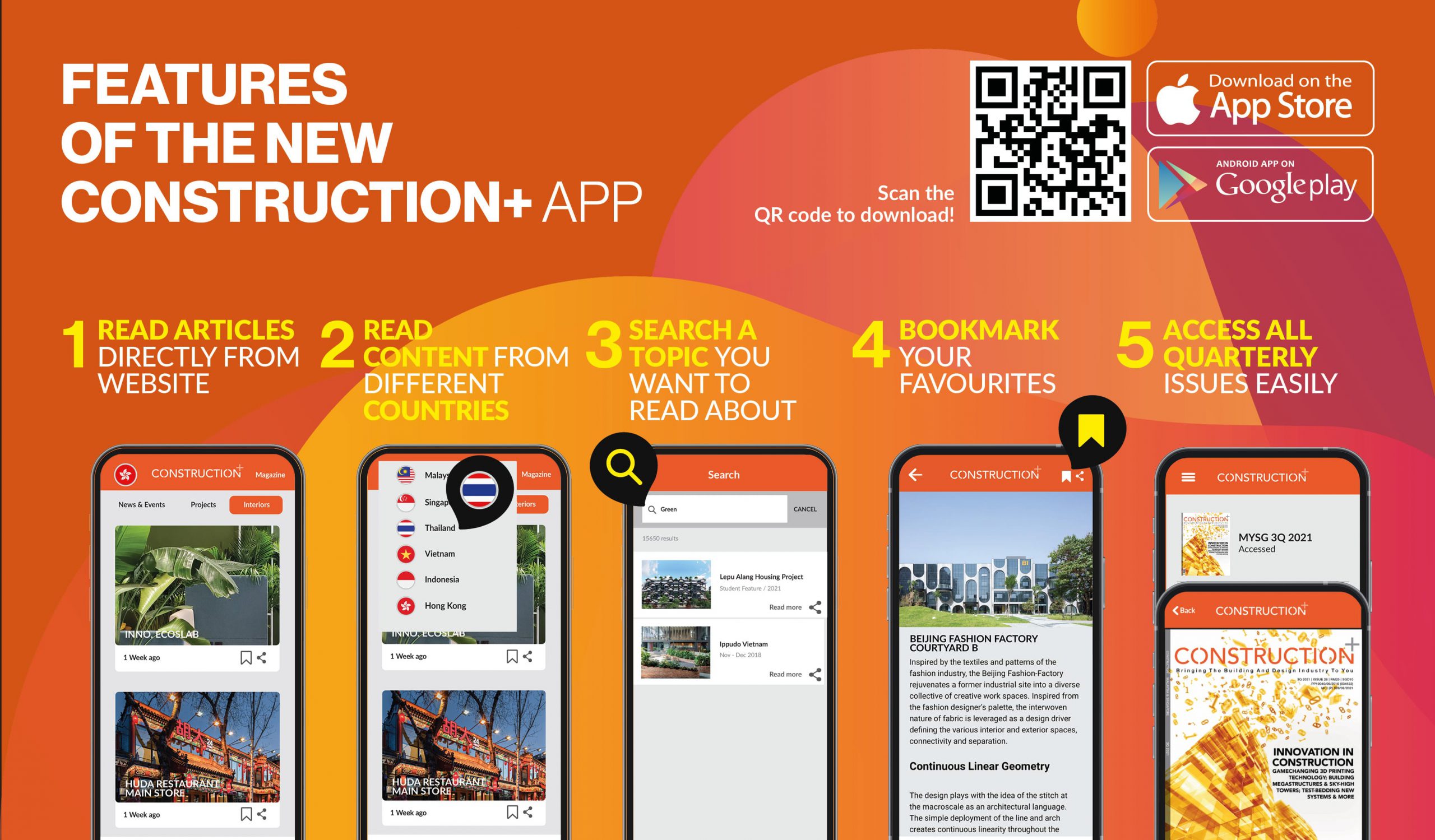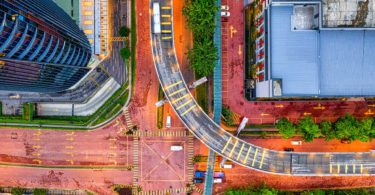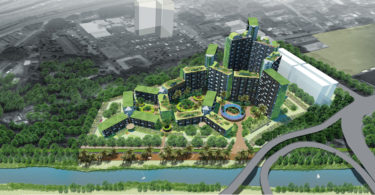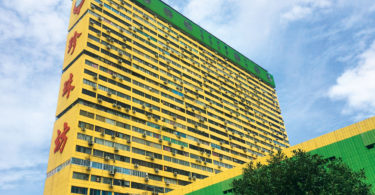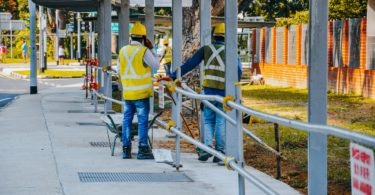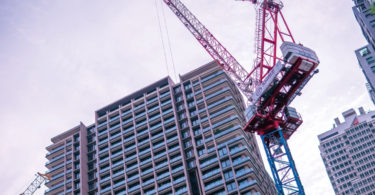By Dr TamilSalvi Mari & Dr Tan Sie Ting
The 2021 Intergovernmental Panel on Climate Change (IPCC) Sixth Assessment Report indicates that even with a significant reduction in global carbon emissions over the next two decades, it is improbable for us to limit global warming to 1.5°C. The report reveals some promising suggestions: large-scale net-zero buildings can be built by 2050, but only if policymakers enforce policies and remove barriers to decarbonisation. This net-zero transition entails a grand scale of economic transformation and the complexity of balancing the significant short-term risks of poorly planned action with the longer-term risks of inadequate measures. These reasons explain why the industry is doubtful about how net-zero carbon can be achieved by 2050. What would it take to achieve this aspiration?
The construction sector is responsible for almost 40 per cent of global carbon emissions. Thus, imperative and speedy action to decarbonise the built environment is critical. At the global level, the Advancing Net-Zero programme of the World Green Building Council (WGBC) calls for halving the building and construction emissions by 2030 and decarbonising the sector by 2050. This framework outlines the basic principles to reduce carbon emissions through energy consumption reduction and energy efficiency—to make sure buildings are performing as efficiently as possible without wasting energy as well as preventing and avoiding embodied carbon from the start by looking for other ways to get the job done (for example, renovation of existing buildings rather than new development).

Simulation of sun path energy
At the national level, a recent initiative worth mentioning is the launch of the malaysiaGBC Carbon Score (MCS) in 2021 by Malaysia Green Building Council (malaysiaGBC). This assessment tool is developed to comprehensively measure the carbon footprint of both new and existing Malaysian buildings. It aims to accelerate the decarbonisation of the local built environment in five key subcategories: Energy, Materials, Transport, Waste and Emissions Offsets. The MCS is developed according to national standards for carbon reporting and management, and also the guidelines from the Greenhouse Gas Protocol (GHG) accounting standards.
Besides, the Government launched the National Low Carbon Cities Masterplan in 2021, which aims to address climate change and a sustainable urbanisation roadmap. It provides guidance to state governments and local authorities in developing low-carbon cities. The masterplan also emphasises a ‘3M’ approach to lead the low-carbon initiative: Measurement of GHG emissions from various sectors; Management of planning cum strategy; and Mitigation of GHG gasses through design and implementation of projects.

DR TAMILSALVI MARI
Senior Lecturer, Taylor’s University Council Member, Malaysia Green Building Confederation
Salvi is currently a Senior Lecturer School of Architecture, Building, and Design (SABD), Taylor’s University. She trained in the construction industry before becoming an educator. Her teaching portfolio contributions and achievements include teaching, academic leadership, programme development, research, and supervision. Her commitment to sustainability extends beyond her profession as an academic and certified Green Building Index facilitator (GBIF) to her volunteering as a council member for MGBC from 2020 to 2023. Salvi co-chairs MGBC’s Sustainable Development Goals subcommittee, which conducts SDG awareness and reporting training for industry-related businesses.

DR TAN SIE TING
Associate Director, Green Quarter Sdn Bhd
Ts Dr Tan Sie Ting’s sustainability journey started from academic research to practising consultant. As an Associate Director in Green Quarter Sdn Bhd, she manages the company’s operation in sustainability benchmarking, framework, and strategies planning in the built environment. Sie Ting holds several green building professional credentials, including LEED Accredited Professional, GBI Facilitator, GreenRE Accredited Professional and MyCREST Qualified Professional. She is highly proficient in Carbon Footprint Assessment, Sustainability Benchmarking, Supply Chain Optimization, and Waste & Energy Process Optimization. Out of work, she volunteers for the Malaysia Green Building Council (malaysiaGBC), a sustainability-led association to make Green buildings and communities available to all Malaysians. She is a council member of malaysiaGBC and the Membership Committee Co-Chair and Chair of the Green Financing Task Force.
This is an excerpt. The original article is published in Construction+ Q2 2022 Issue: Technology & Innovation.
Get the print magazine or subscribe to the digital edition to read the complete article.




